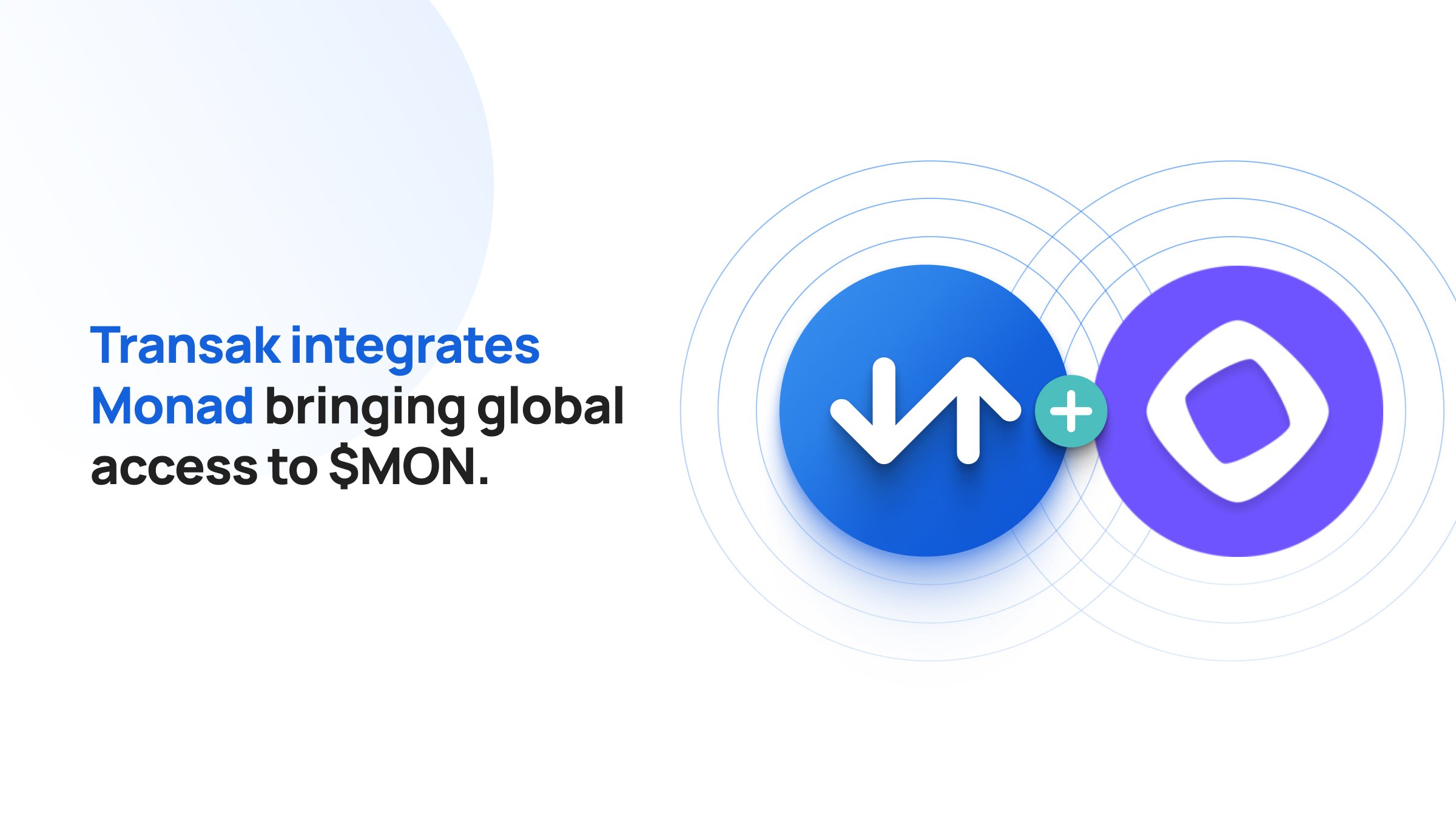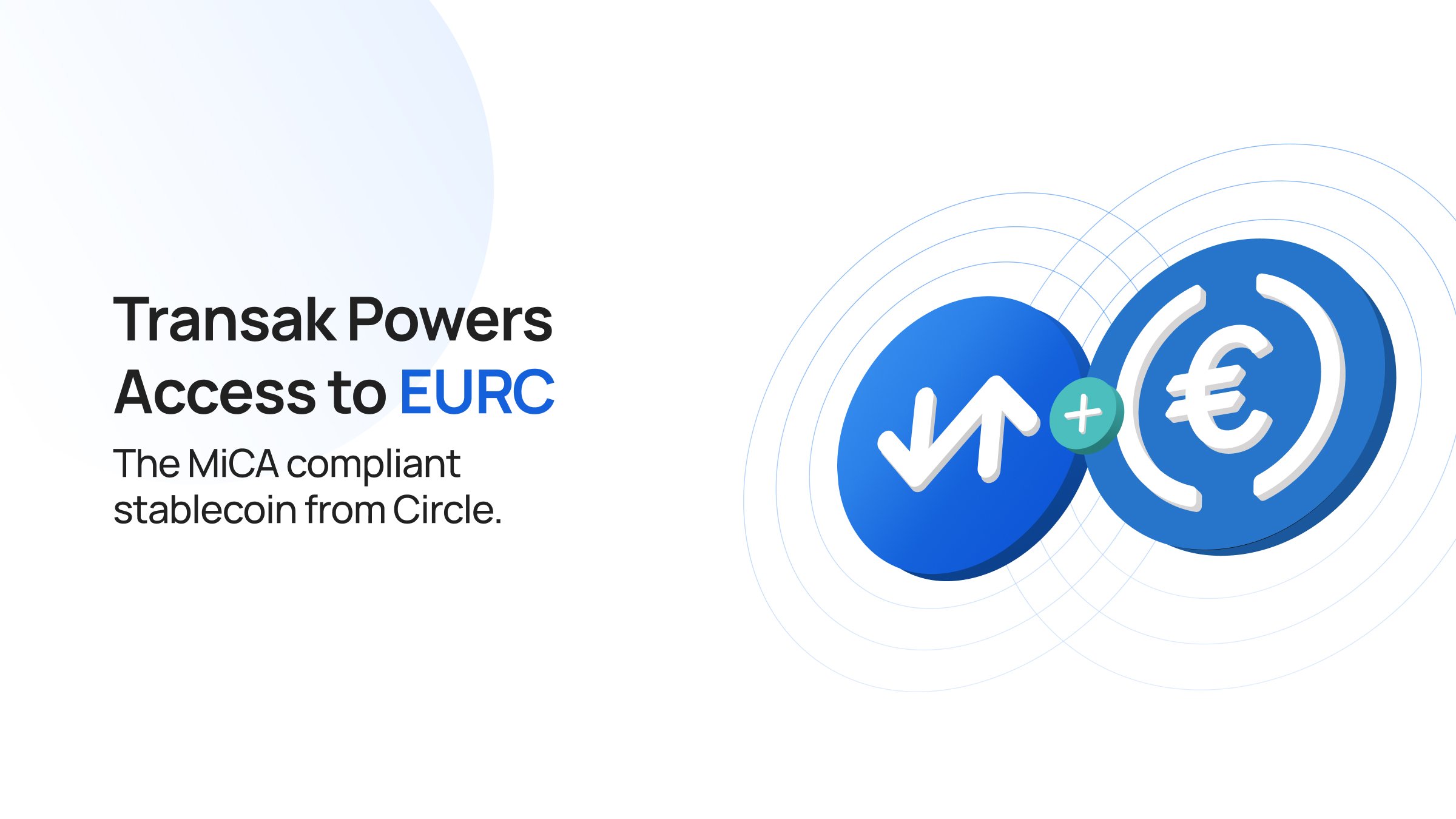Transak’s recent partnership could drive even more users to Terra’s growing ecosystem—here’s what you need to know
In just a few short months, the Terra ecosystem has grown significantly. While Mirror Protocol and Chai were once the only two decentralized applications (dApps) built on Terra’s network in early 2021, there are now hundreds — plus a growing base of developers.
Transak partnered with public blockchain protocol Terra in August 2021 to assist with the global onramp from fiat currency to Terra’s Luna token (LUNA), one of the many stablecoins in Terra’s ecosystem. Everyone from consumers to developers seem to be onboarding to the Terra ecosystem in order to participate in decentralized finance (DeFi) dApps — and they’re doing so at a rapid pace.
Terra’s popularity persists even while Terraform Labs — the company behind Terra — goes head to head with The U.S. Securities and Exchange Commission (SEC) over whether the popular Terra-based dApp, Mirror Protocol, is selling unregistered securities. Luna was one of the best performing cryptocurrencies in 2021. Even accounting for volatility, Luna’s lifetime ROI was more than 5,000% as of April 2022. Meanwhile, Terra’s well-known U.S. dollar-pegged stablecoin, TerraUSD (UST), now has a market cap of over $17 billion.
Transak’s recent Terra partnership will allow for more than 10 million more users worldwide to buy, hold, trade, and sell both Luna and popular Terra stablecoins (though it should be noted the U.S. dollar is not yet supported).
Additionally, Terra’s integration with Transak will improve the user experience for top dApps like Station, Anchor, Kash, Loop, and Leap, among others. Let’s take a closer look at Terra and review what to know about the Terra and Transak integration.
Terra Overview
Created by the Seoul, South Korea-based start-up Terraform Labs, the Terra ecosystem has become somewhat of a darling among blockchain developers and stablecoin issuers thanks to its suite of algorithmic stablecoins. Terra’s stablecoins include several fiat-backed currencies such as TerraUSD (UST), TerraCNY, TerraJPY, TerraGBP, TerraKRW, and TerraEUR. Terra’s stablecoins are used in dApps and allow for DeFi activities like staking, borrowing, and lending.
Co-founded by Do Kwon and Daniel Shin in 2018, Terra is known for being the ecosystem in which Anchor — the second-largest DeFi protocol in any blockchain— operates. Anchor alone is responsible for more than $15 billion total value locked (TVL) on Terra, and more than $9 billion of Terra’s total $28 billion TVL (at the time of writing) comes from four protocols:
- Anchor (Lending)
- Lido (Derivatives)
- Mirror (Synthetic)
- Astroport (Dex)
Terra Features:
- Algorithmic stablecoins
- Hundreds of dApps for functions such as:
- Real Estate
- Betting
- Ecommerce
- Investing
- Staking
- Derivatives
- Insurance
- Lending & Borrowing
- Arbitrage
- Block explorers and interchain capabilities
- & more …
What is Terra?
Terra is a robust blockchain with the capability to host multiple algorithmic stablecoins on its network. Its native currency, Luna, maintains the price of Terra stablecoins and allows for advanced DeFi protocols like staking, borrowing, and lending.
How does Terra work?
Terra operates on a proof of stake model, according to the company’s white paper. Those who hold Luna are granted governance rights (aka voting power). The native currency acts as a modulator to maintain Terra’s peg with the U.S. dollar. Terra’s website puts it this way:
Imagine the whole Terra economy as two pools: one for Terra and one for Luna. To maintain the price of Terra, the Luna supply pool adds to or subtracts from Terra’s supply. Users burn Luna to mint Terra and burn Terra to mint Luna, all incentivized by the protocol’s algorithmic market module.
Why Terra is important for web3
Stablecoins are an essential foundation for the future of money and web3, and Terra’s unique ecosystem has rolled out several stablecoins including one used by the International Monetary Fund (IMF) for use in global marketplaces.
Like their name suggests, stablecoins need to stay stable. The existence of Luna helps modulate the supply of Terra stablecoins, making it an essential part of the broader ecosystem.
The relationship between Luna and any one of Terra’s stablecoins is sort of like two friends: One friend is adaptable and knows how to adjust, while the other friend tends to be a creature of habit. If a stablecoin’s value deviates too far from its fiat peg, that could threaten the balance and stability of the crypto assets people rely on for both everyday purchases and DeFi transactions.
Why people love Terra
The Terra ecosystem has almost 100 dApps protocols built on it, according to its website. Numerous new projects have sprouted in the Terra ecosystem just in the first month of 2022. The most popular use cases are for gaming, the metaverse, DeFi, and non-fungible tokens (NFTs).
In particular, the Terra Bridge makes the Terra ecosystem extremely relevant to the world of DeFi. This unique capability makes it possible to transfer currencies between Terra and Binance Smart Chain (BSC), Harmony, Ethereum and Osmosis. Such interoperability is critical for cross-chain collaboration among developers and DeFi traders.
Transak + Terra Integration
Transak’s mission is to facilitate global crypto onramp and onboard more users to web3. DApps – made possible by blockchains like Terra – are a key part of the web3 ecosystem. In essence, Transak collects payments initiated across multiple blockchains and localities, assisting with local compliance and making developer integration easy. Consider Transak the dApp developer’s source for API integrations that can seamlessly facilitate payments from fiat to crypto and back again.
From a consumer’s perspective, here’s how Transak will work on Terra:
- Choose Fiat Currency: When the user is ready to onramp with Transak, they select the option to onboard with fiat currency such as the Euro, GBP or any of the 60 local currencies available through the platform.
- Pay Through Widget: The user will get redirected to a widget where they choose to use a credit card or any local payment method available for that country. Fees range from 0.99% up to 5.5% depending on currency and payment method.
- Transfer Funds: The user can then transfer up to $12,000 (USD equivalent — USD is not yet available) with a bank transfer, or $1,500 with a card transfer.
- Settle Transaction: The settlement should be instant, with the exception of bank deposits in EUR that could take up to 48 hours. (Transak is working to offer instant EUR deposits in 2022.)
Where Terra shines
Interoperability between blockchains
Terra’s fiat-pegged algorithmic stablecoins offer seamless cross-border value exchange and fast swaps. Terra’s proprietary wallet, Terra Station, allows users to interact with numerous Terra-based dApps to swap tokens, share Luna, and manage DeFi funds.
Proof-of-Stake model
Terra’s proof-of-stake (PoS) consensus model makes it more energy efficient than its proof-of-work (PoW) predecessors, including the number-one most popular DeFi blockchain, Ethereum.
Instant settlement and low fees
Users can access the Terra blockchain network easily through the Terra Station wallet. This goes for Terra’s native Luna utility and governance coins, all Terra stablecoins, the tokens for Anchor Protocol (ANC) and Mirror Protocol (MIR), plus tokens from new dApps getting built.
Where Transak comes in
Seamless user experience
Transak’s widget and white label API can be integrated into any Terra dApp. Head to integrate.transact.com to find clear steps to add the Transak Terra integration to your website.






